Three Horizons of Innovation
One planning tool that can be useful for all types of organizations is to map growth across the Three Horizons. The original version of this framework first appeared in a book called The Alchemy of Growth. In working with dozens of organizations over the years, I’ve found it immensely helpful to clarify that for optimal results, organizations must focus on innovation efforts in all three horizons concurrently, as shown below.
Horizon One
-
Innovation here is focused on improving an existing product, service, or business model. For this example, we will focus on products and solutions. Value is driven by incremental improvements to existing core products or services. This is evolutionary innovation.
Timing is often defined as a five-year phase, from the present through the end of your current product lifecycle. The timing will depend on your organization’s unique products and services. Your current product roadmaps fit in Horizon 1.
Horizon Two
-
This phase is characterized by new products, services, and/or business models.
Innovations are new, and not necessarily tied to your core business. The core competencies of your R&D, sales, marketing, and executive teams are well-honed, with processes in place for capitalizing on emerging opportunities.
Value can be found in identifying new revenue opportunities in replacing an older product, service, or business. Customer value is usually well-defined, using methods such as design thinking to help ensure success. This phase is revolutionary and can border on disruptive innovation.
Timing is typically five to 15 years from today, for most products and services. This timing is subject to change based on product or service life cycles. Horizon 2 typically begins when your Horizon 1 product or service has completed 75% or more of its life cycle.
Horizon Three
-
Has the most potential, risk, and impact—and is the most important phase for long-term success. This is where you need to be comfortable with ambiguity.
Involves experimenting and working with solutions that are outside your current core competency. You may or may not have in-house capabilities to help you move Horizon 3 projects forward. It is critical to remain open and work with partners when gaps are present.
Requires a VC-style mindset—knowing that 90% of your Horizon 3 projects could fail, but the 10% that succeed will more than pay for the rest—is critical. This phase is about thinking big. Singularity University calls Horizon 3 projects “moonshots” to help create an ambitious mindset.
Projects typically become the core competency of your organization. These projects help ensure ongoing value creation and positive impact for your organization and customers.
Value is often difficult to calculate until projects become more defined. When Horizon 3 projects are commercialized, they often achieve beyond 10x results. In creating your projections, these projects should be modeled with assumptions for cost and outcomes included. Innovators working in this phase should always ask themselves: will this solution create clear value in the future? If the answer is yes, then do it! Timing is typically 15 years in the future and beyond. You may find that some projects in this phase will have an immediate impact on Horizon 1 & 2 projects underway.




